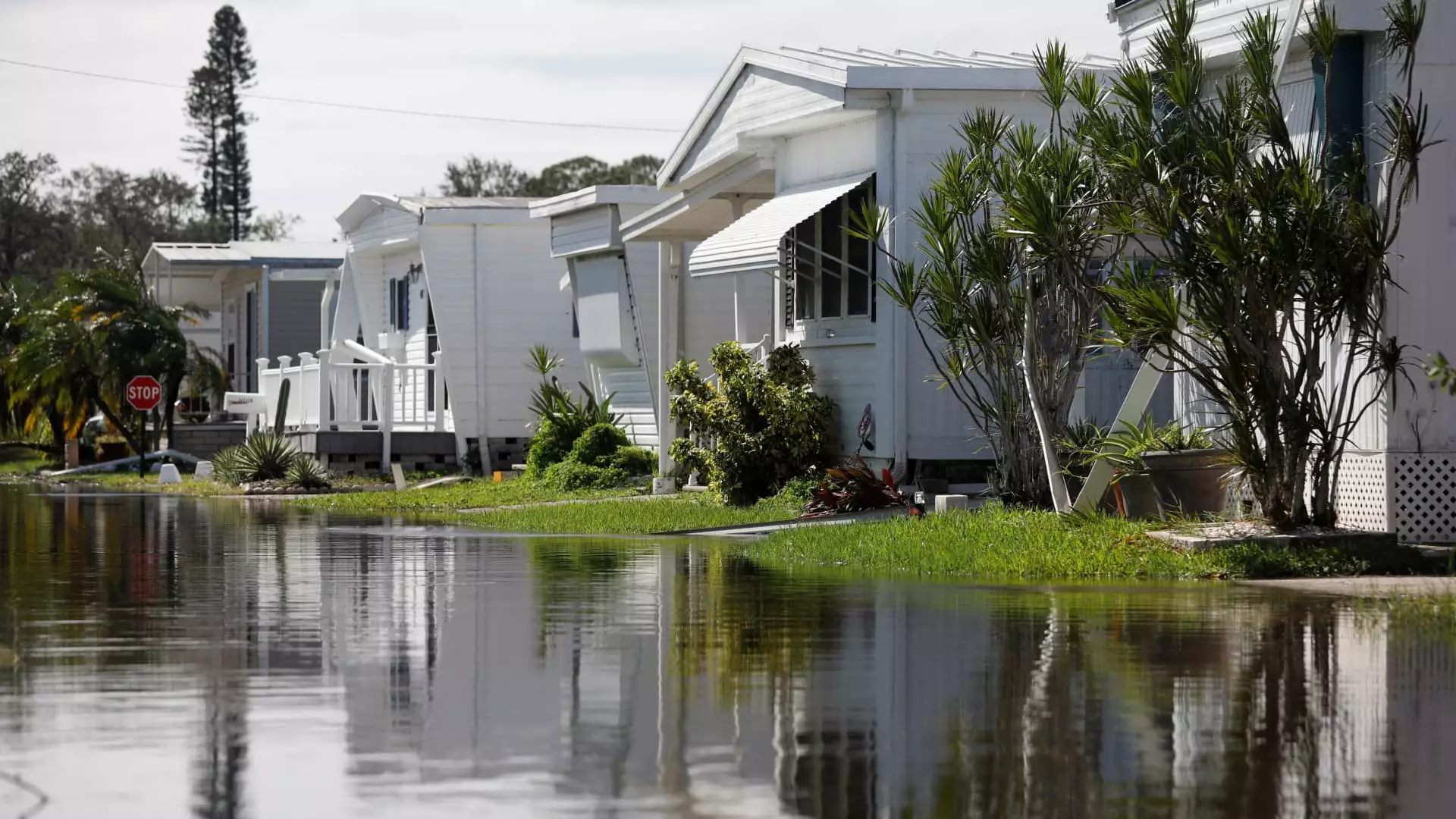Natural disasters can leave devastation in their wake, often rendering homes uninhabitable for extended periods. In such circumstances, homeowners and renters alike may wonder how to navigate the complexities of insurance claims for temporary living arrangements. This article explores loss of use coverage, its significance, and important considerations to keep in mind when dealing with such a crisis.
Natural disasters such as hurricanes can impose staggering economic burdens. For instance, losses from severe storms like Hurricane Helene have been estimated at $17.5 billion due to insured wind and flood damage, while Hurricane Milton could lead to insured losses anywhere from $30 billion to $60 billion. These figures from reputable sources like CoreLogic and Morningstar DBRS highlight the financial impact that these catastrophes can have on affected individuals.
Loss of use coverage is a provision typically embedded in homeowners and renters insurance policies. Its primary purpose is to compensate policyholders for reasonable living expenses incurred as a result of a covered peril, such as a natural disaster that has rendered a home uninhabitable. In practice, this coverage generally amounts to around 20% of the dwelling coverage stipulated in a homeowner’s policy.
For example, if a home is insured for $100,000, the policy would generally provide about $20,000 for loss of use. This financial support can cover essential expenses, such as hotel stays, alternative rental accommodations, food costs, pet accommodations, and even storage fees. Given the uncertainty surrounding the aftermath of a disaster, having this coverage can significantly alleviate the immediate financial strain faced by displaced individuals and families.
Engaging with your insurance company promptly after a disaster is crucial in accessing loss of use benefits. Insurers often have specific processes for filing claims, and experts recommend directly asking whether loss of use coverage can be expedited. According to Shannon Martin, a licensed insurance agent, proactively reaching out might result in quicker claims processing and even early financial support, allowing victims not to endure prolonged periods of financial distress.
While engagement with your insurance provider is essential, being aware of the policy details is equally important. For instance, examining the policy for expense limits, claim duration, and specific restrictions is critical. These aspects can vary widely from one policy to another, and knowing what is covered and what is not can help streamline the recovery process.
While loss of use coverage offers critical short-term relief, it is not designed for prolonged financial support. Experts assert that the financial assistance provided is primarily intended to cover immediate needs rather than long-lasting displacement. Jeremy Porter, who researches climate implications, stresses that most policies do not offer enough funds to sustain individuals through prolonged recovery. Given that housing markets may tighten post-disaster, the cost of alternative accommodations can escalate significantly, compounding the challenges faced by searching for suitable housing.
Additionally, the duration required for home repairs and recovery from a disaster can be protracted. As pointed out by Loretta Worters from the Insurance Information Institute, it often takes a significant amount of time to fully recover financially and emotionally from such events. This reality poses a challenge for individuals reliant on their insurance coverage to navigate both temporary living situations and eventual home repairs.
While loss of use coverage can provide a vital safety net, it’s essential for policyholders to know that they may have access to additional forms of assistance. The Federal Emergency Management Agency (FEMA) can help provide resources and funds to disaster victims. Understanding that insurance claims can be complemented by governmental assistance is encouraging for those feeling overwhelmed.
Loss of use coverage serves a critical function in helping individuals cope with the immediate aftermath of natural disasters. However, understanding its limits and proactively engaging with insurance providers and available resources will prove crucial for victims as they seek not just to survive, but to recover fully from disaster-induced challenges. As natural disasters seem to be on the rise, awareness of such coverage becomes ever more vital in ensuring the financial security of affected homeowners and renters.

